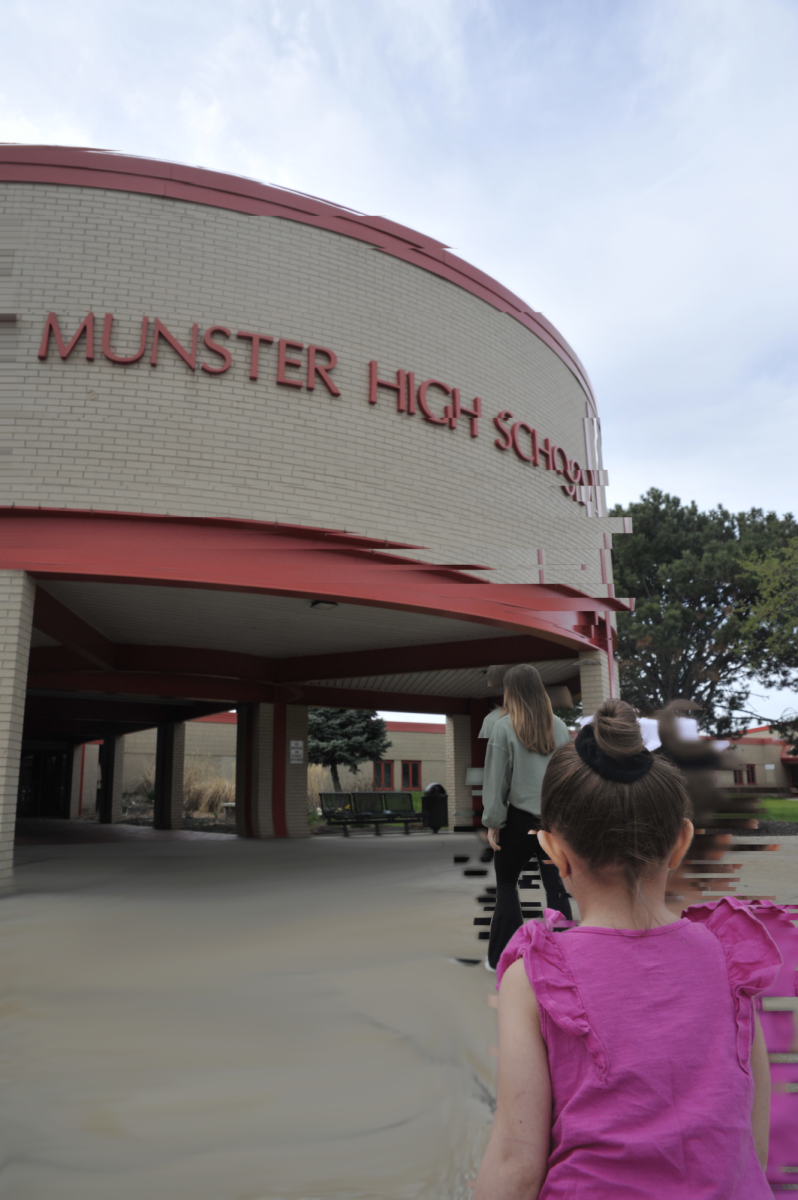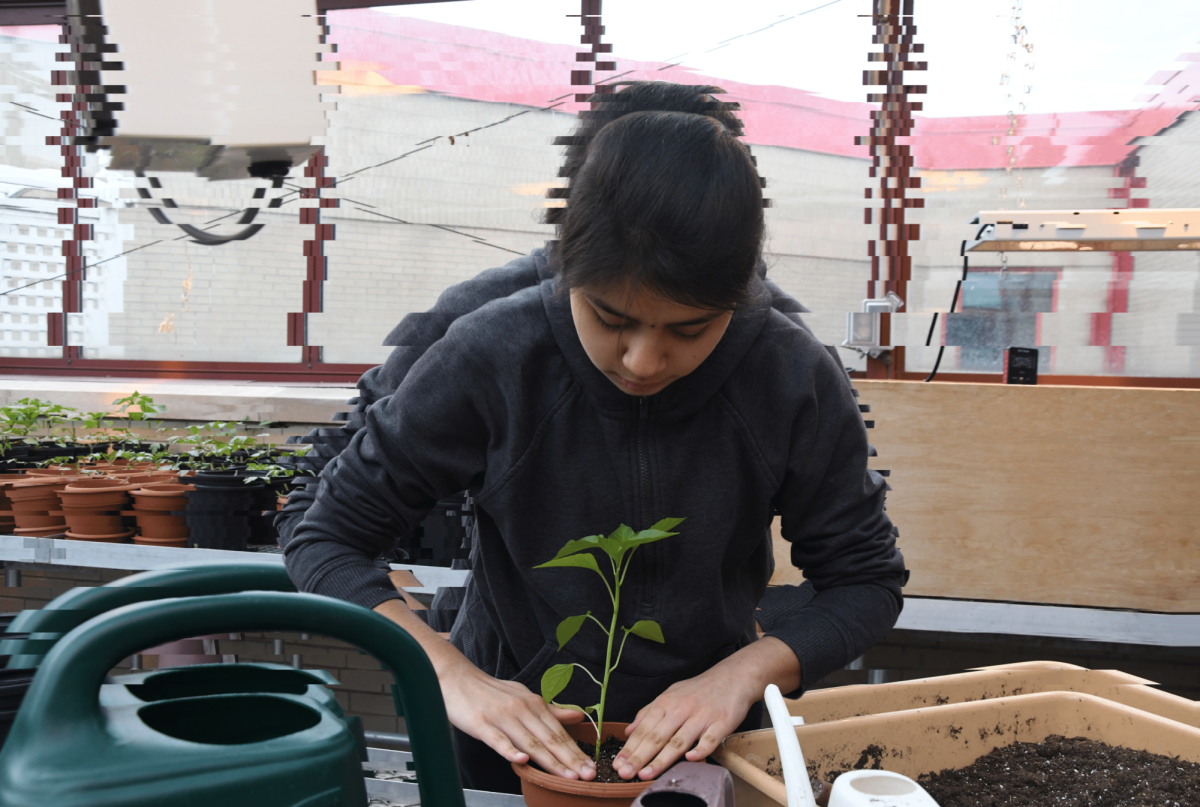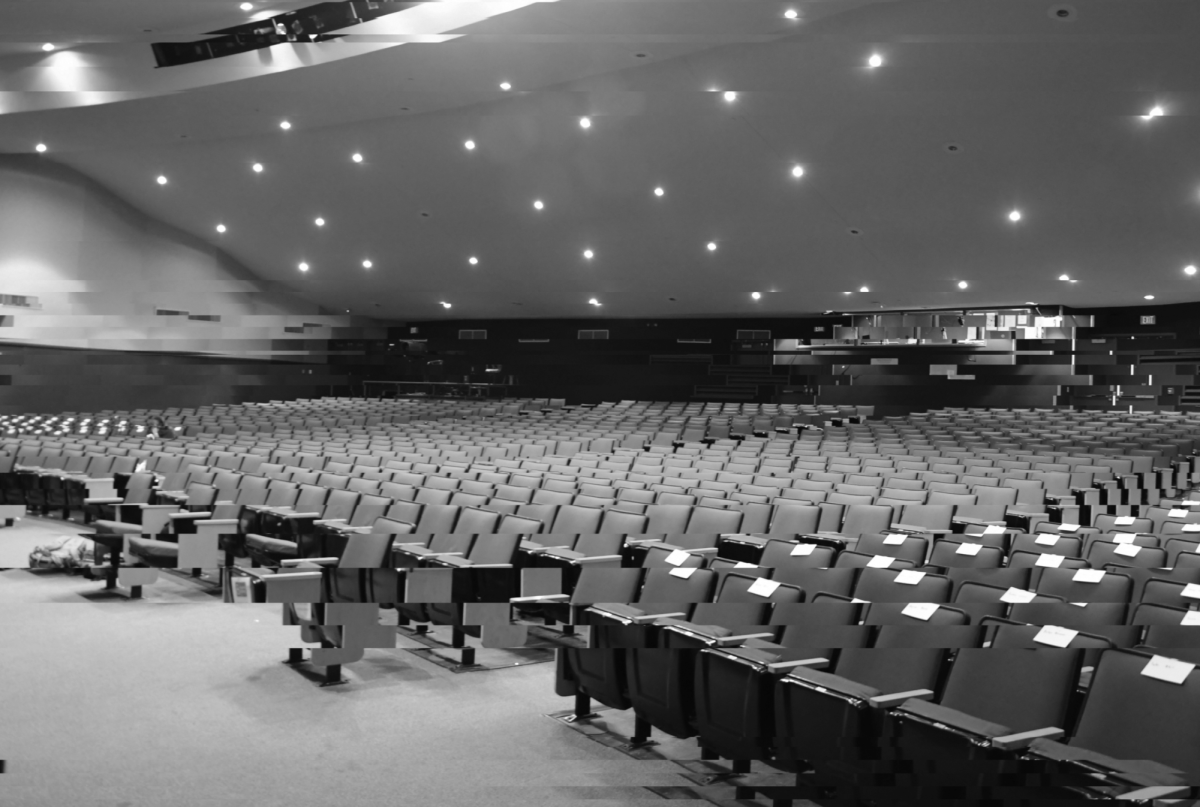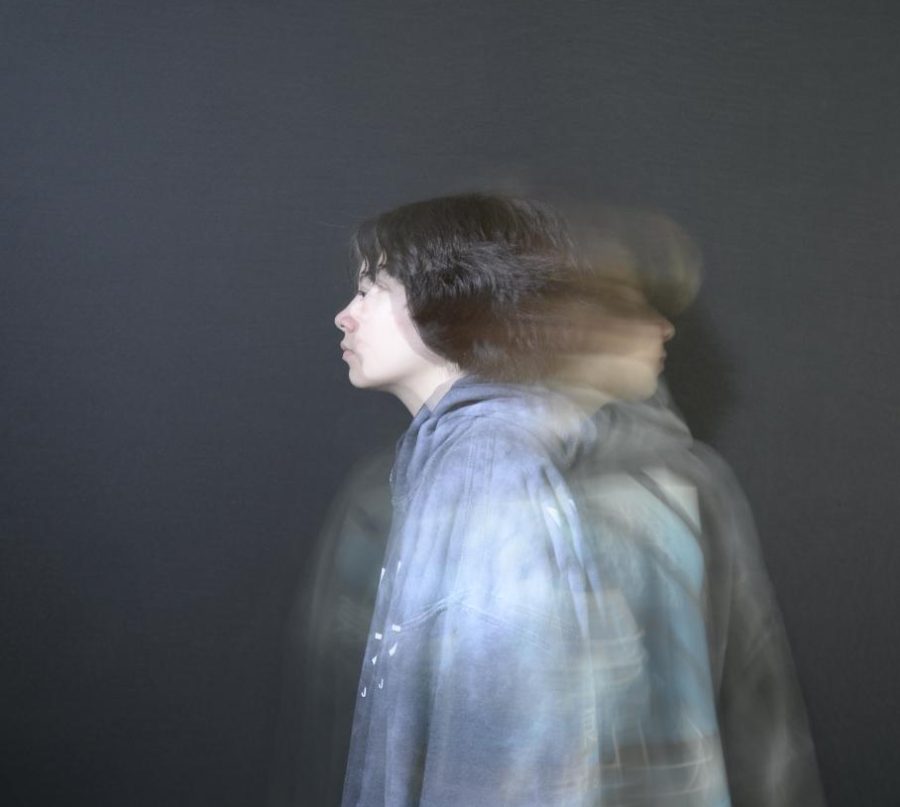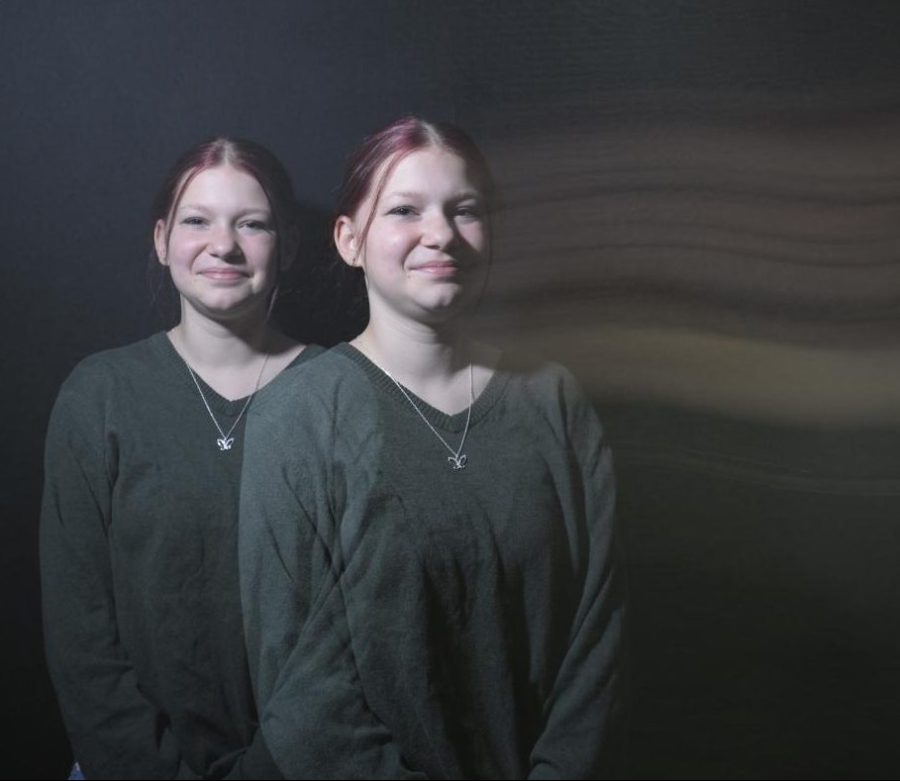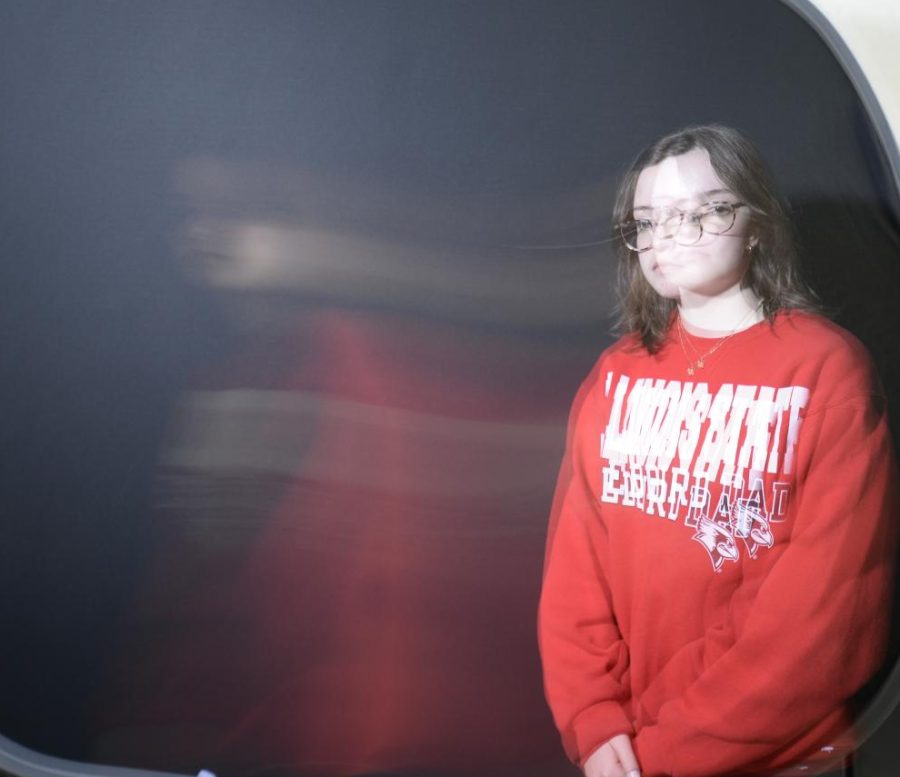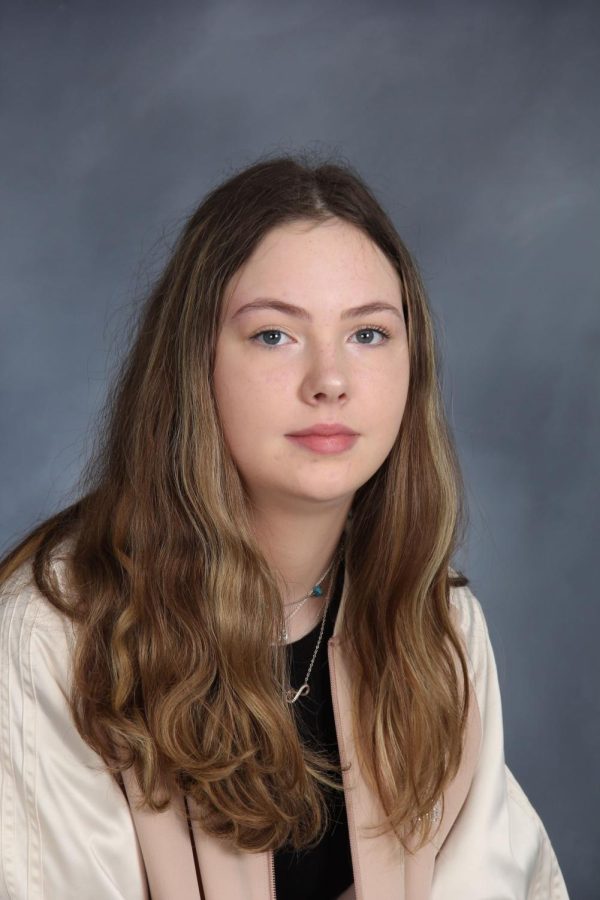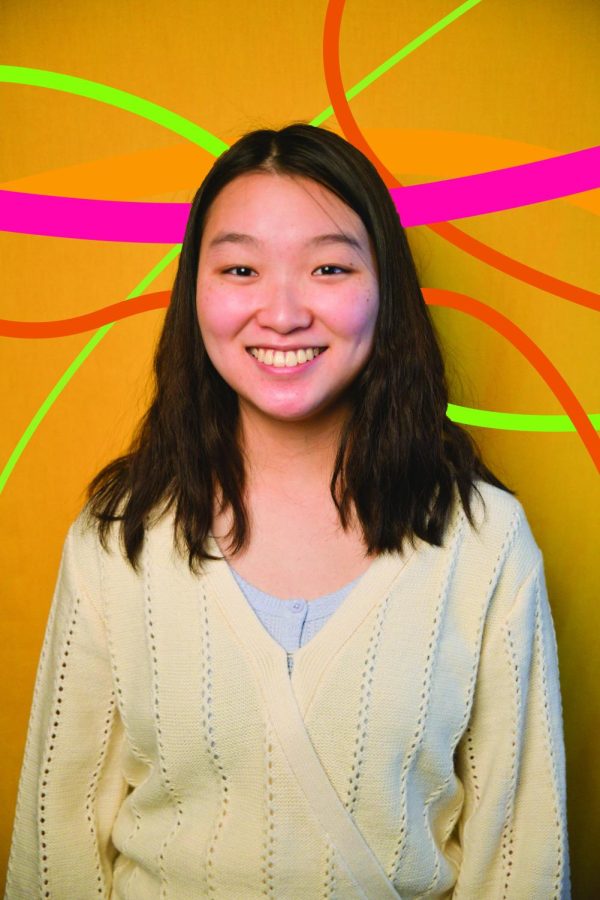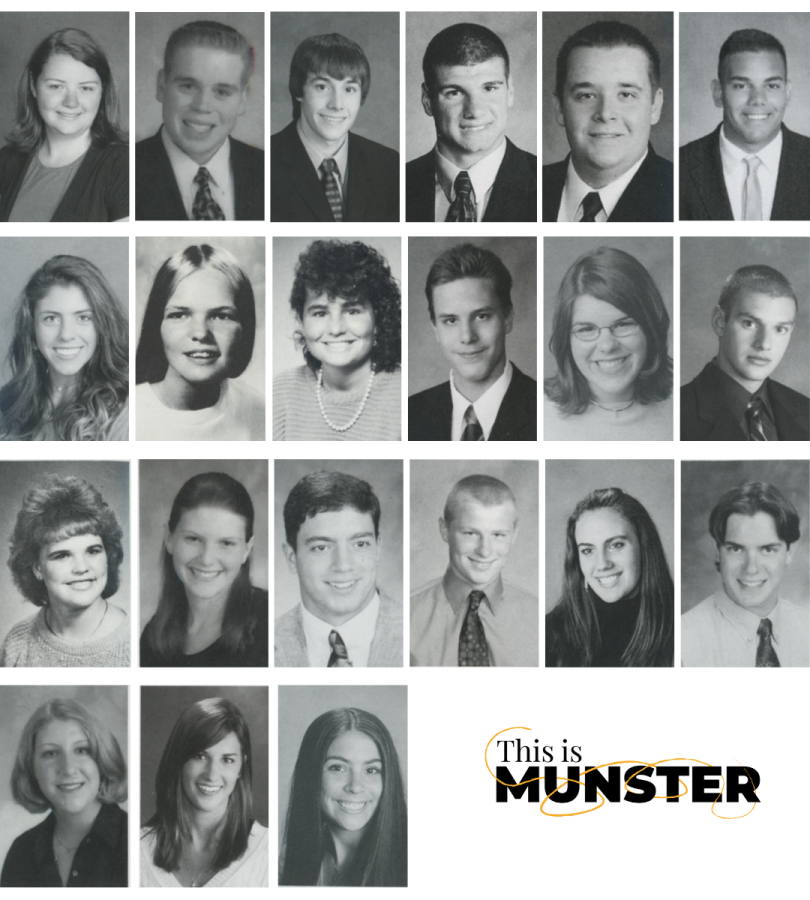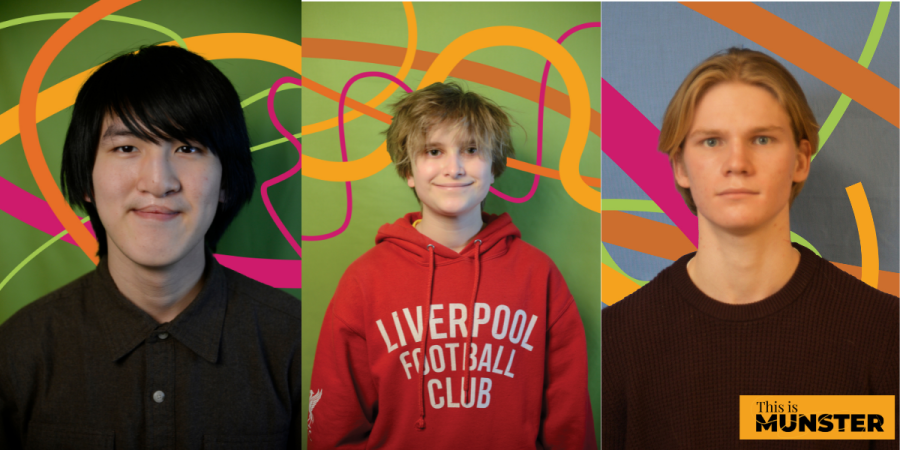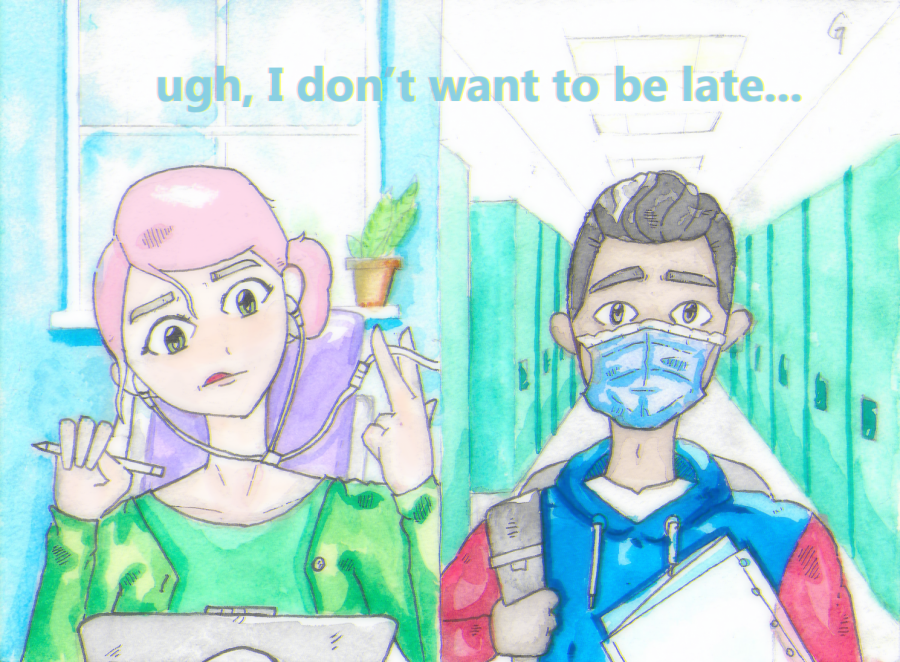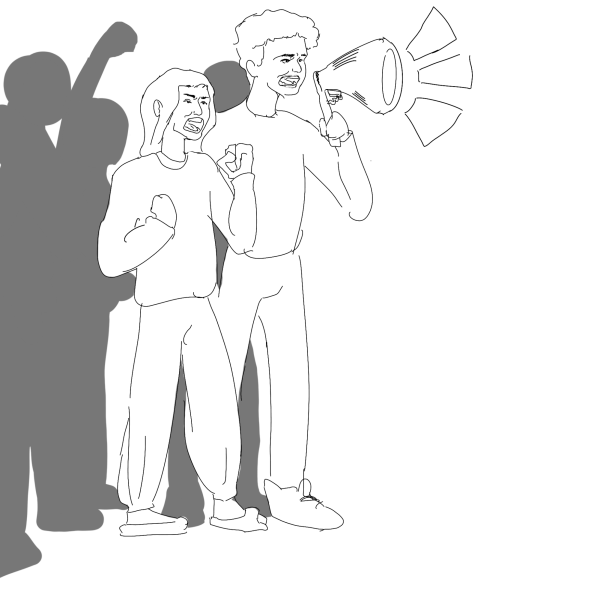An uncertain tomorrow
Editorial
Roughly six months ago, the STM system shut down all of its schools to prevent the spread of COVID-19, forever altering the course of the 2019-2020 school year. What followed was a period of uncertainty, uneasiness and anxiety in regards to the future. Our everyday routines were disrupted, and the expectations for every new tomorrow were a blur.
The pandemic has altered what the meaning of school has become since our last normal day back in March. When quarantine began, many teachers scrambled to create an alternate version of their curriculum to fit the remaining quarter of the year. MHS was unprepared for what was to come, but worked to the best of its ability, despite the circumstances.
The beginning of this school year looks more different than anyone could have ever imagined. Face coverings, plastic dividers on every desk, less students in the halls and classrooms—it feels like we’re living in a surreal alternate dimension. Yet, with as many accommodations as the school has implemented, things aren’t perfect.
Between both eLearners and in-school students, there has been a large learning curve in terms of adjusting to the new year. Every teacher has seemed to interpret it in their own way, doing whatever works best for their respective class.
Blackboard poses its own problems. How can teachers guarantee a student at home isn’t watching Netflix or playing tetris while they are lecturing? How much can teachers trust that students aren’t napping when they click away from the collaborate call? In addition to mic and camera problems at home, students online have found it difficult to follow conversations when only the teacher is wearing a mic. Homework agendas are also now more difficult to understand when posted, if at all.
While it is easy for us to complain that we were given too much or not enough work in a class period, teachers are the ones scrambling to make sure that both sets of students in each class have the same education so that one is not at more of an advantage or disadvantage than the other. Teachers are now working twice as hard than ever before.
Between desks and lunch seats spaced out to accommodate for social distancing, to shorter passing periods, the ability to have social interaction has become limited. While it is understandable for safety purposes, school opened to in-person students to allow for social interaction again. If students are supposed to stay silent in every class period, aren’t guaranteed a seat by friends at lunch, and have less time to catch up in the hallways, where are we supposed to socialize? Doesn’t this system contradict one of the main points of keeping our schools open?
Plastic dividers provide an extra measure for precaution. They aren’t used in the cafeteria or fieldhouse, where students eat and converse without masks—the only place where the dividers logically would provide the best defense. These dividers aren’t completely transparent, making it difficult for students to see the board, and even more difficult for teachers to see students—making any chance of a real-life connection and relationship almost impossible.
Change is difficult, and will possibly take months to adjust to. While problems have always been inevitable, we can contribute positively by acting courteous, being patient with technology, and making sure that we closely follow every safety measure, otherwise it’ll be March 13, 2020 all over again.

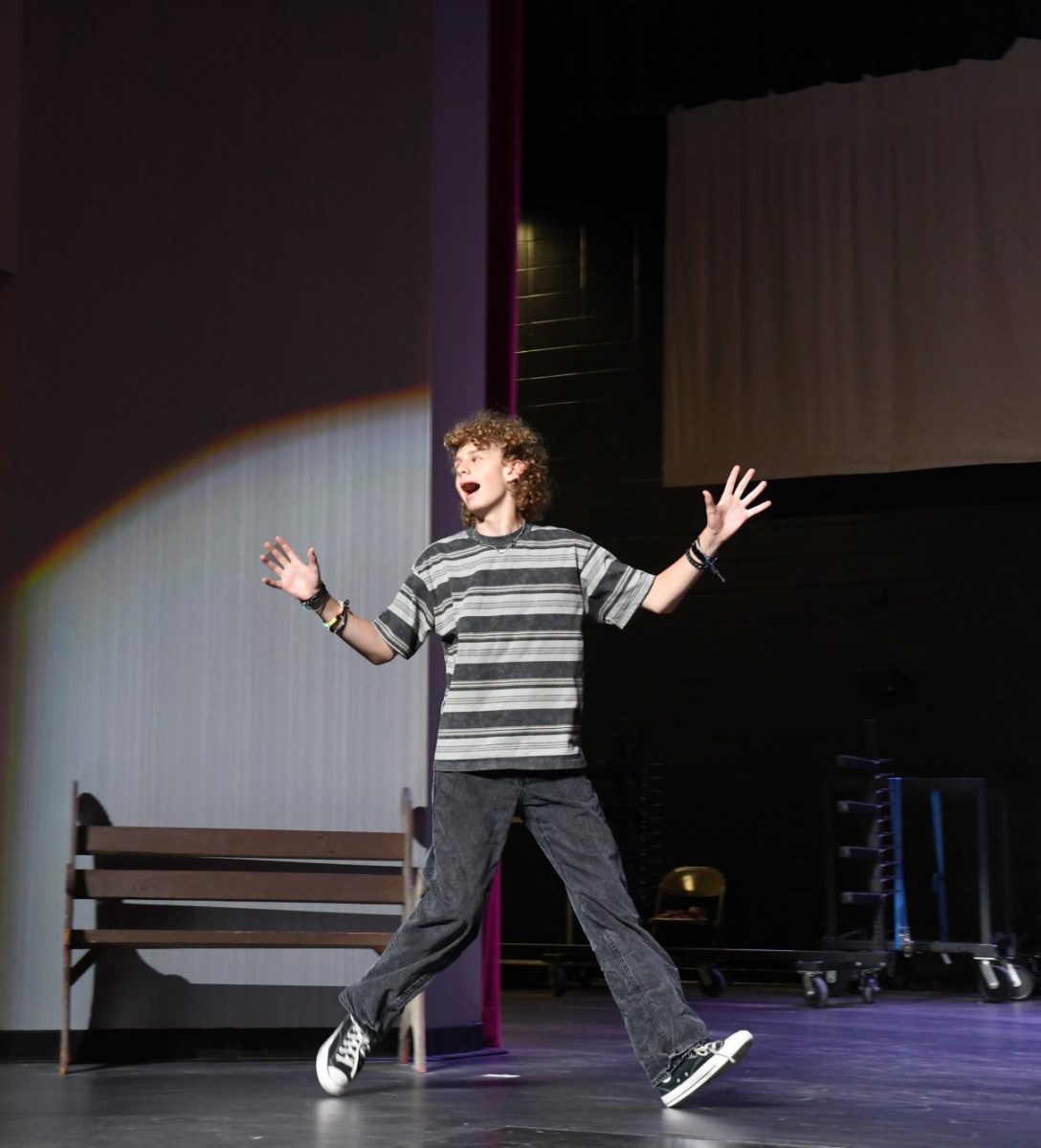


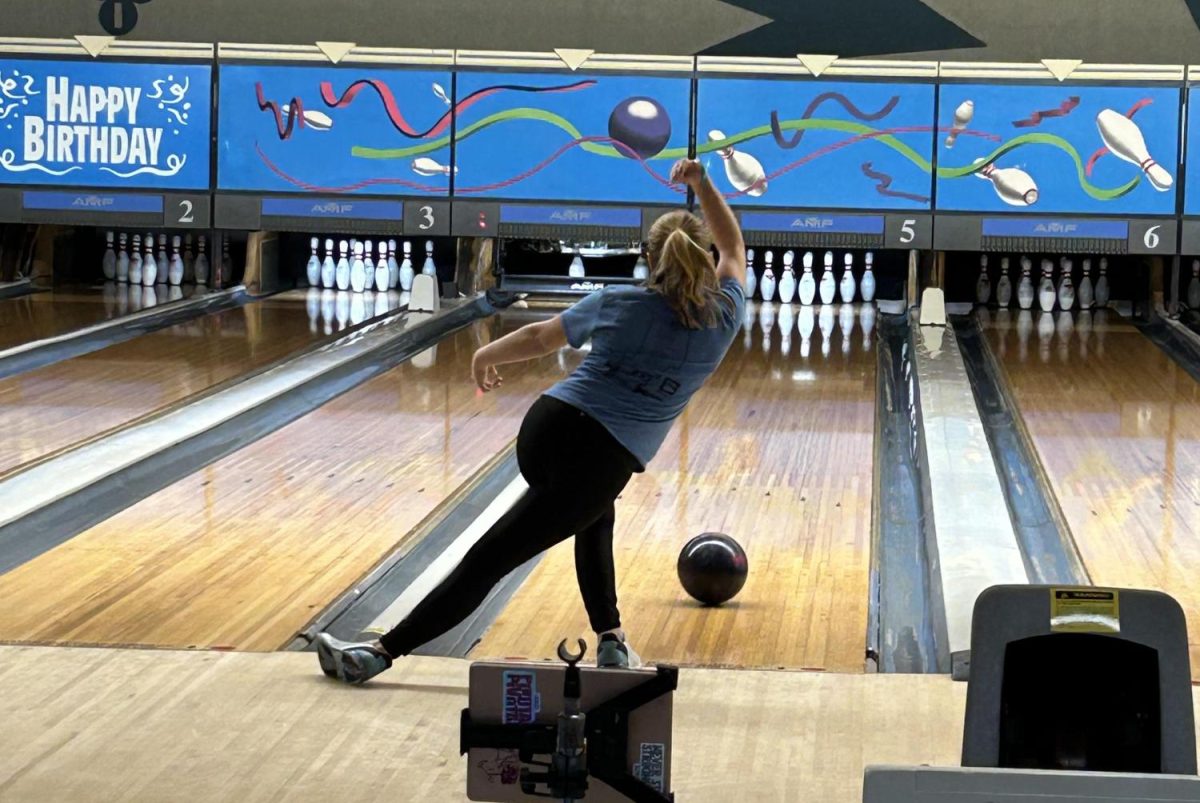
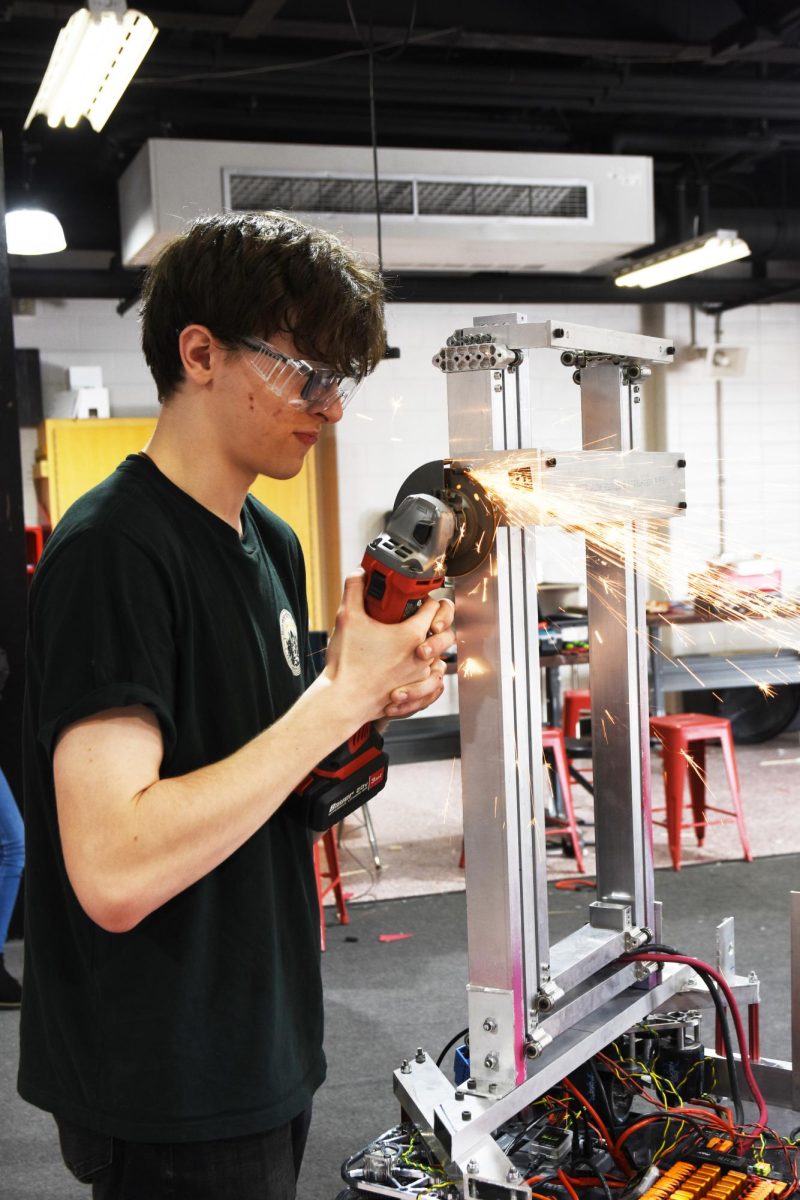


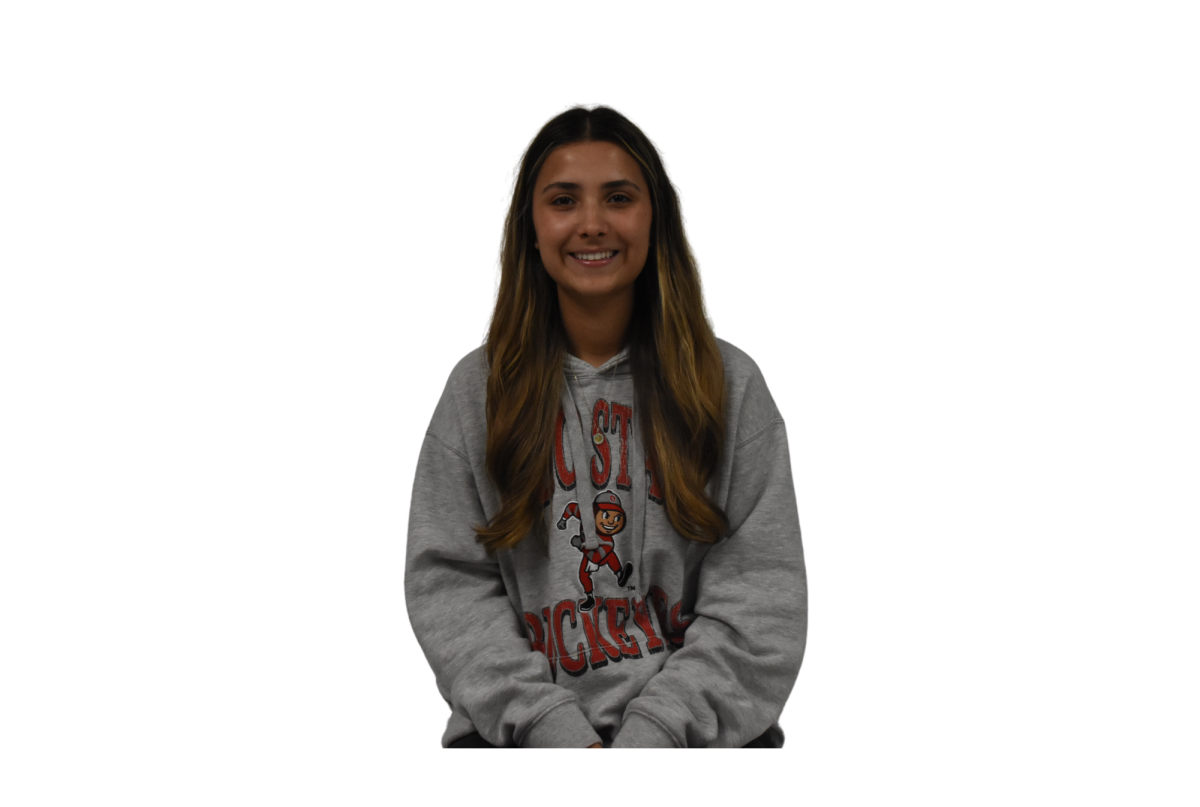

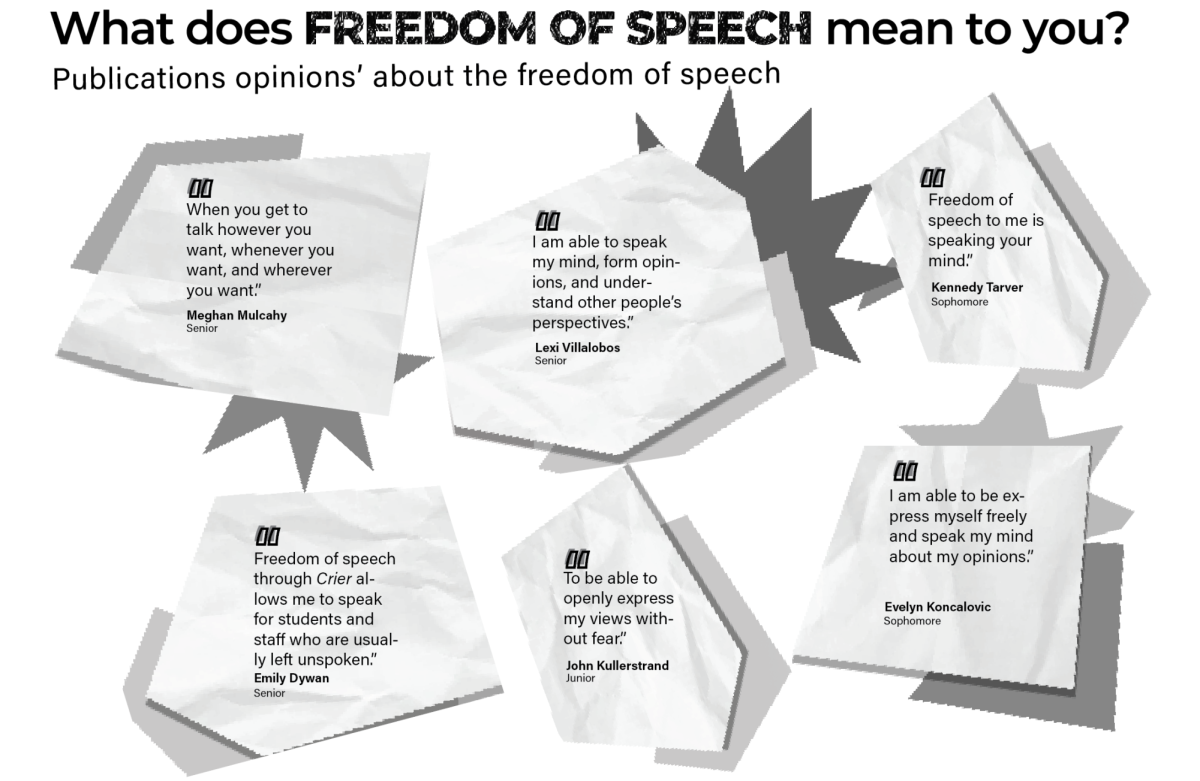





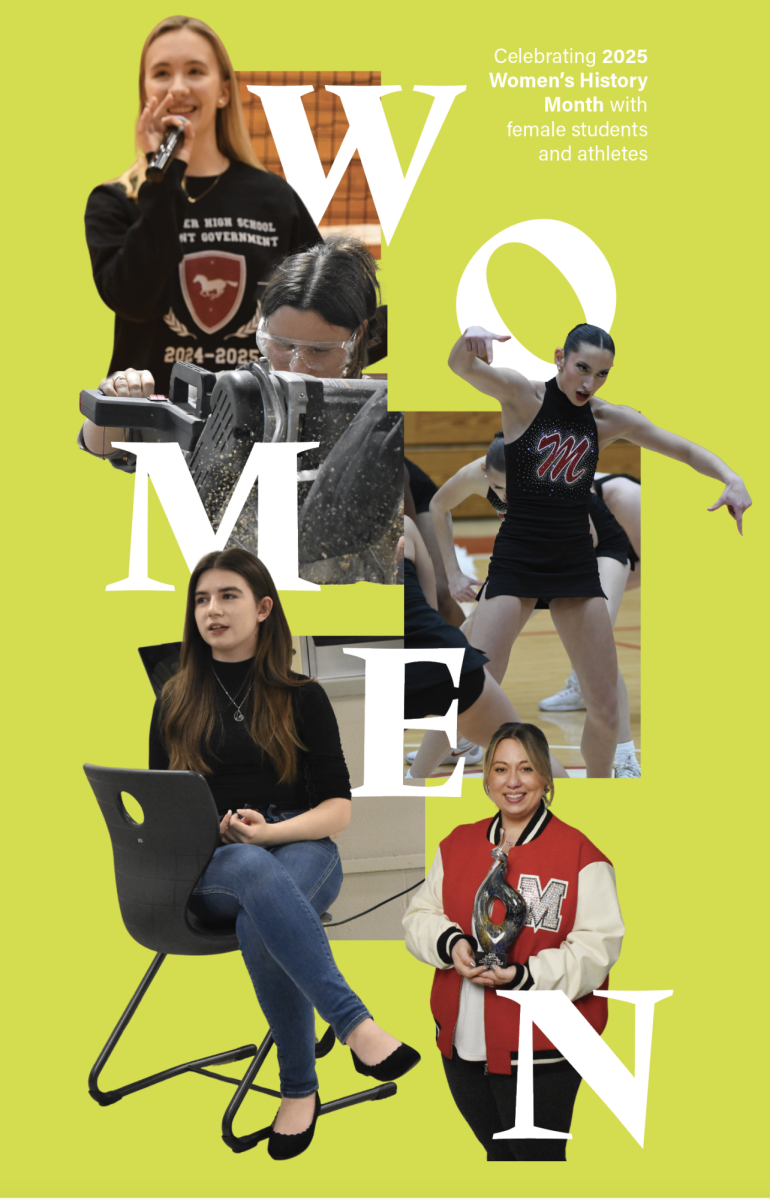
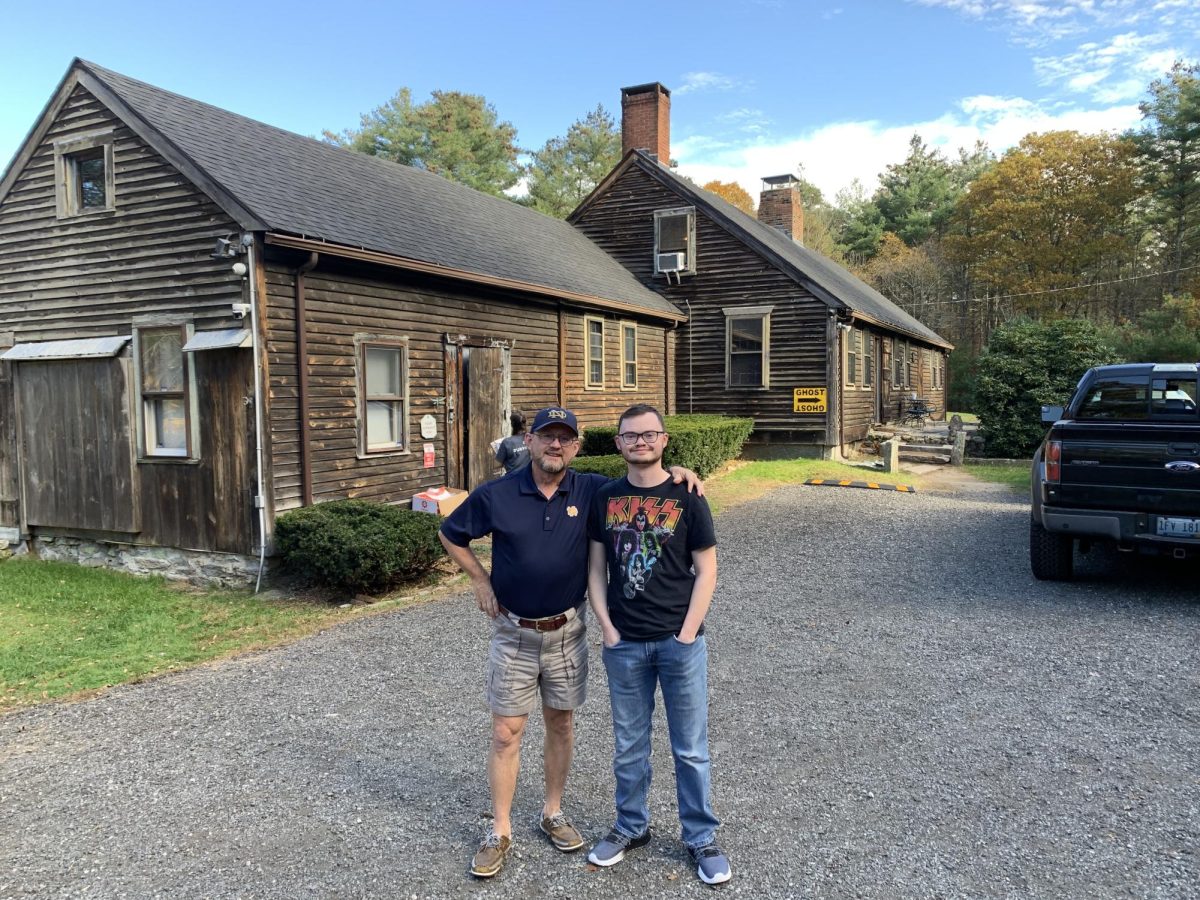

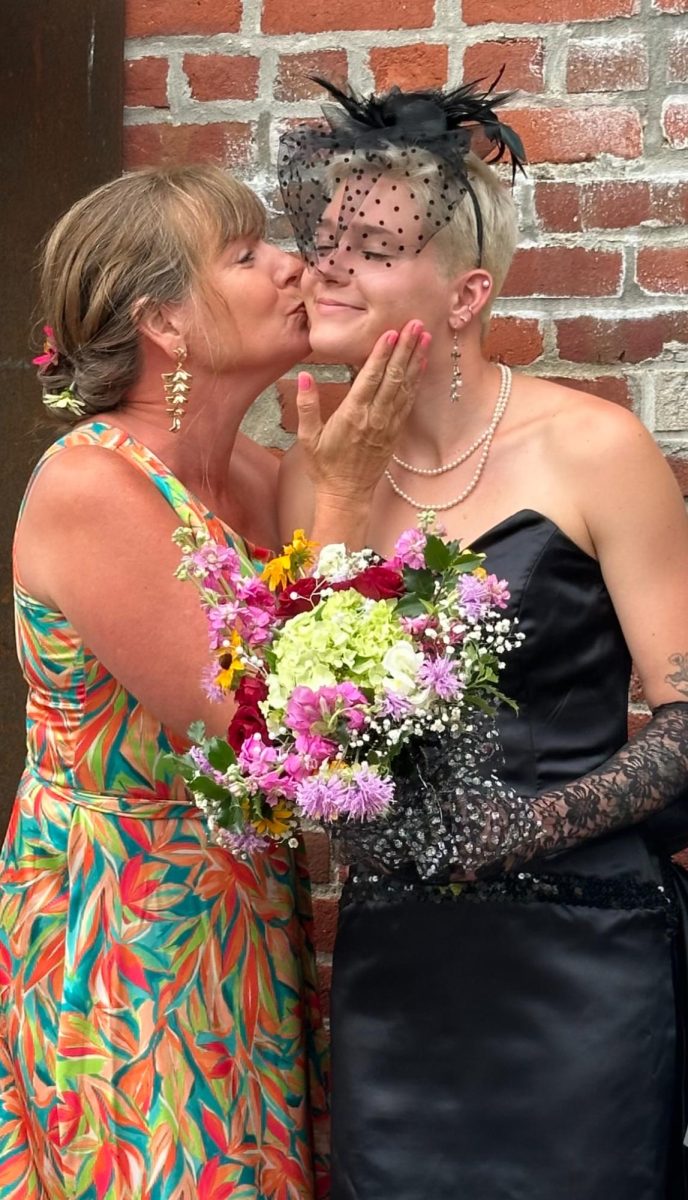

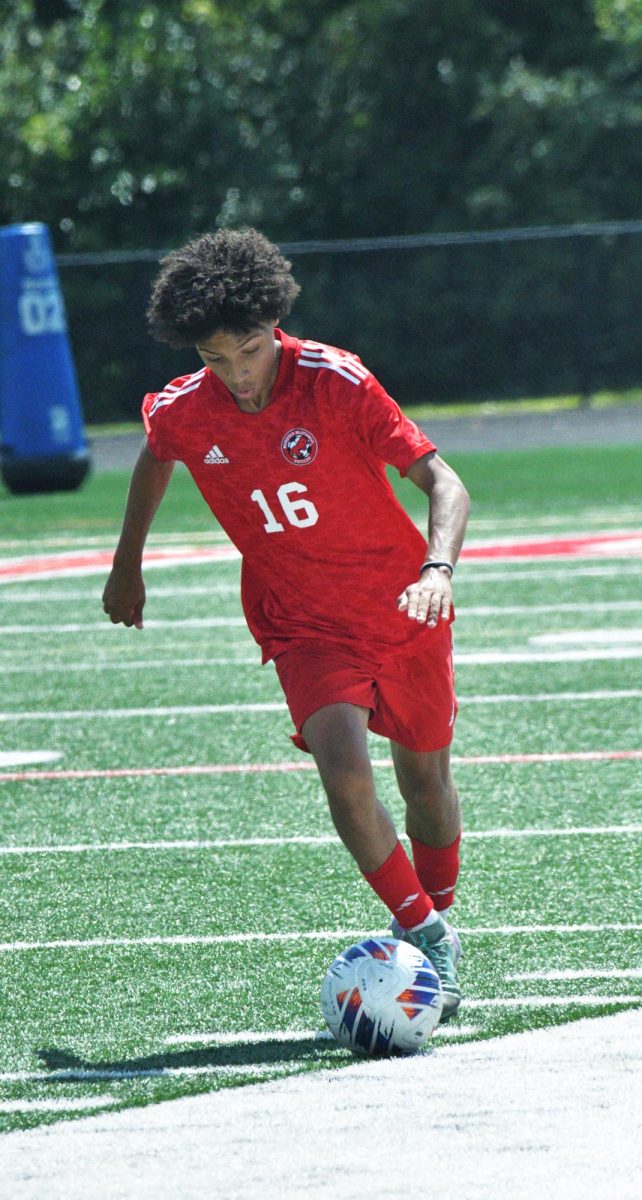
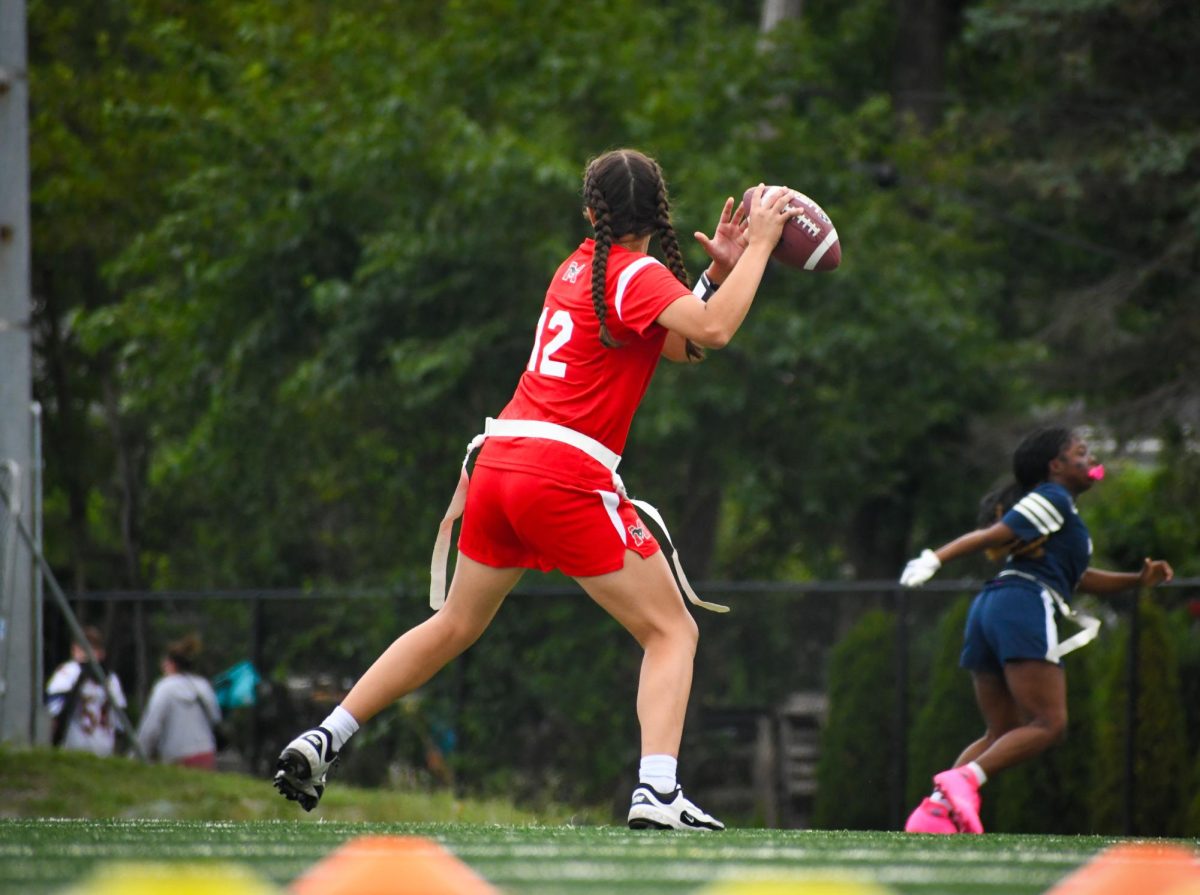
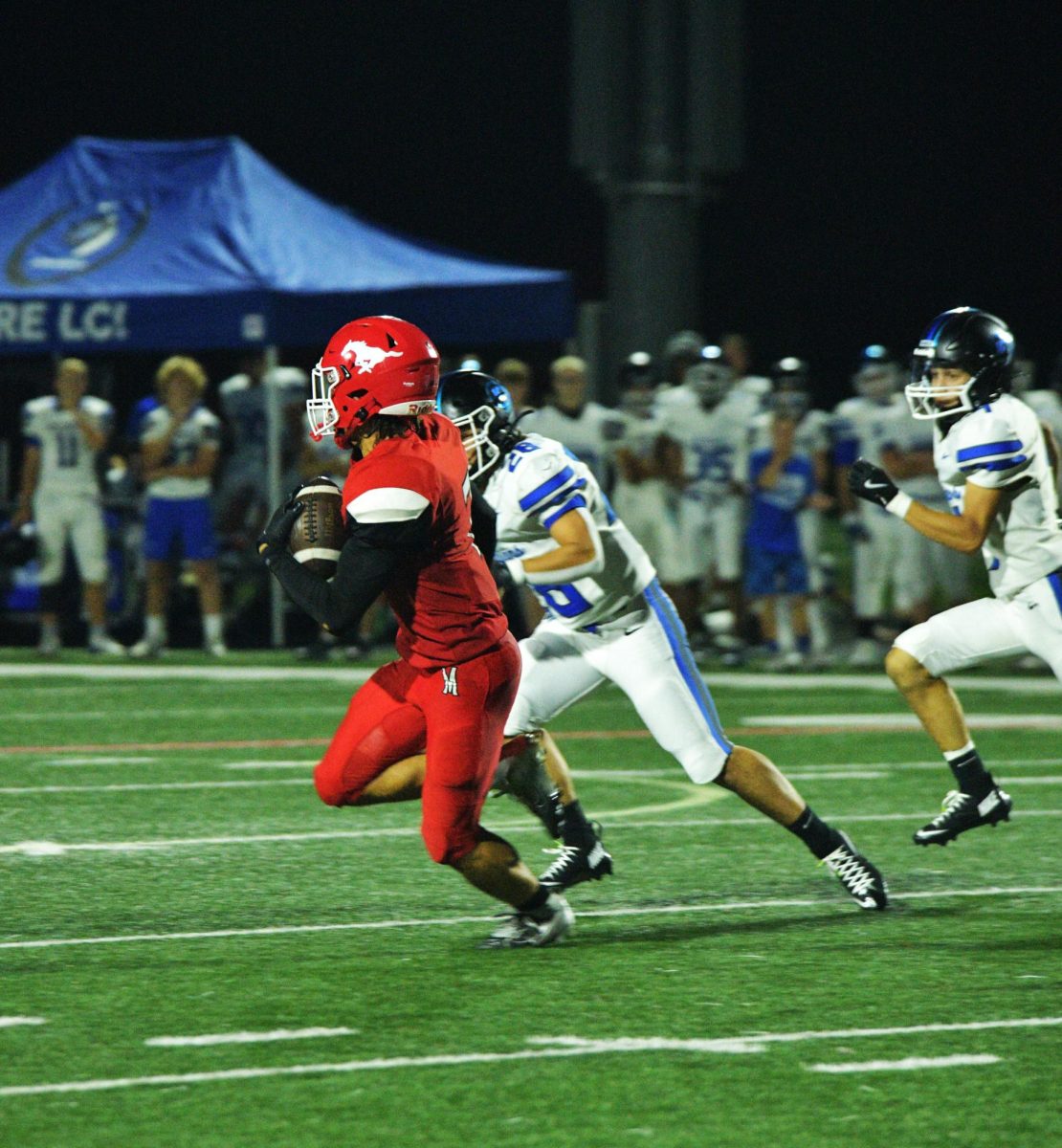
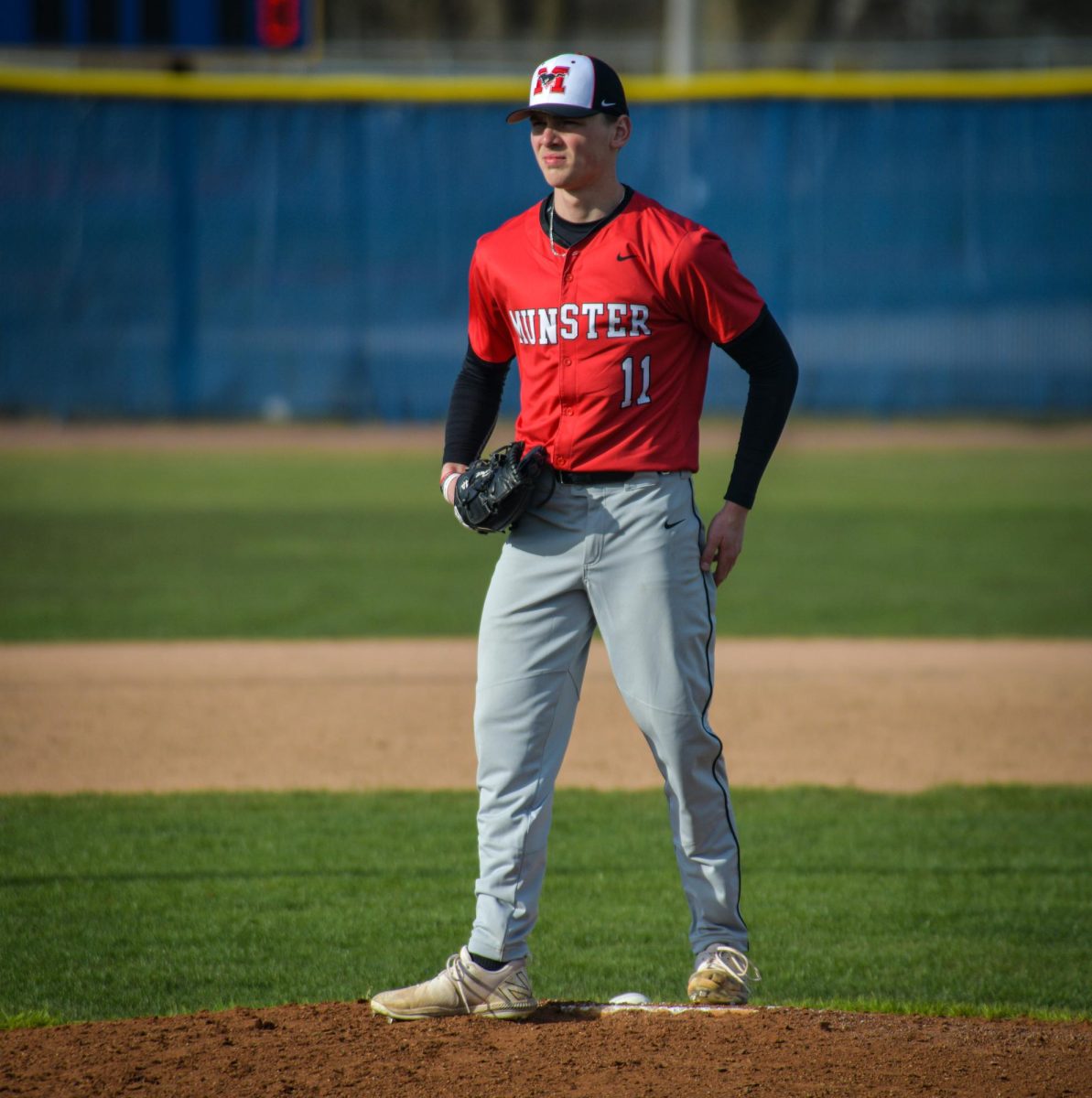
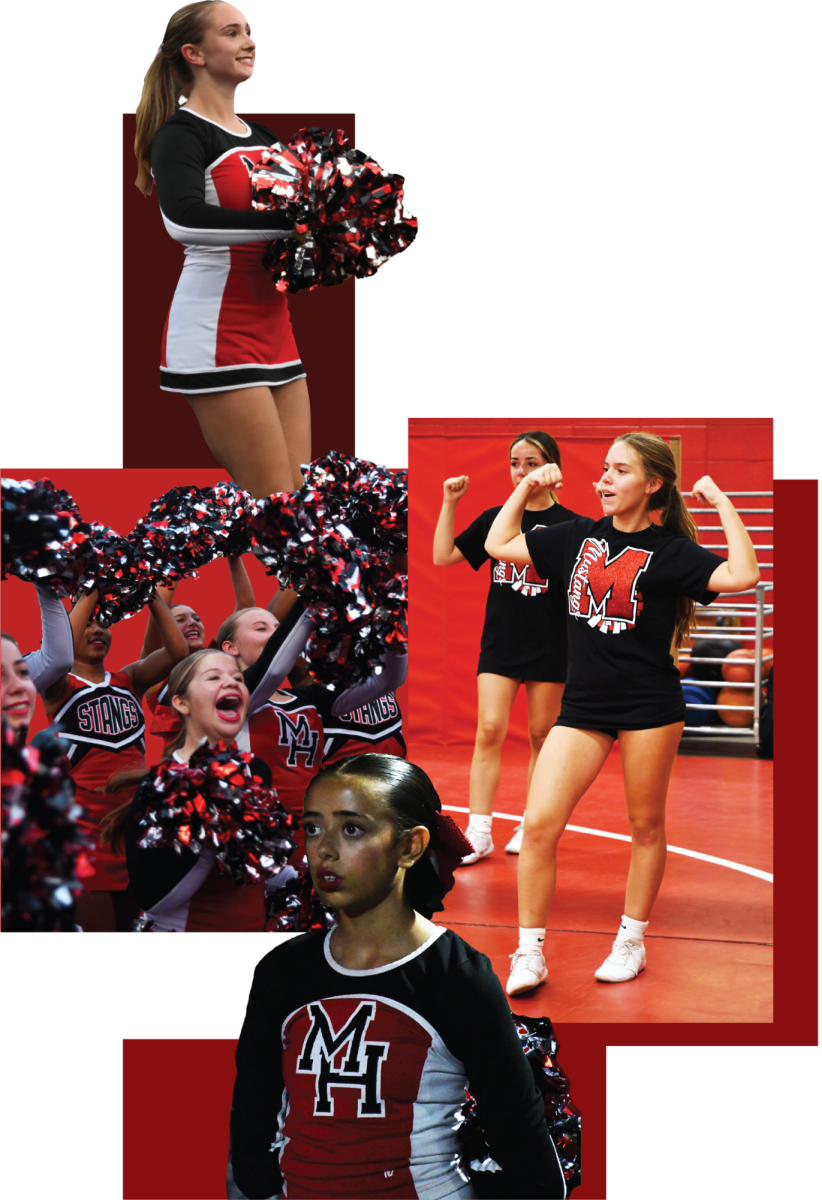
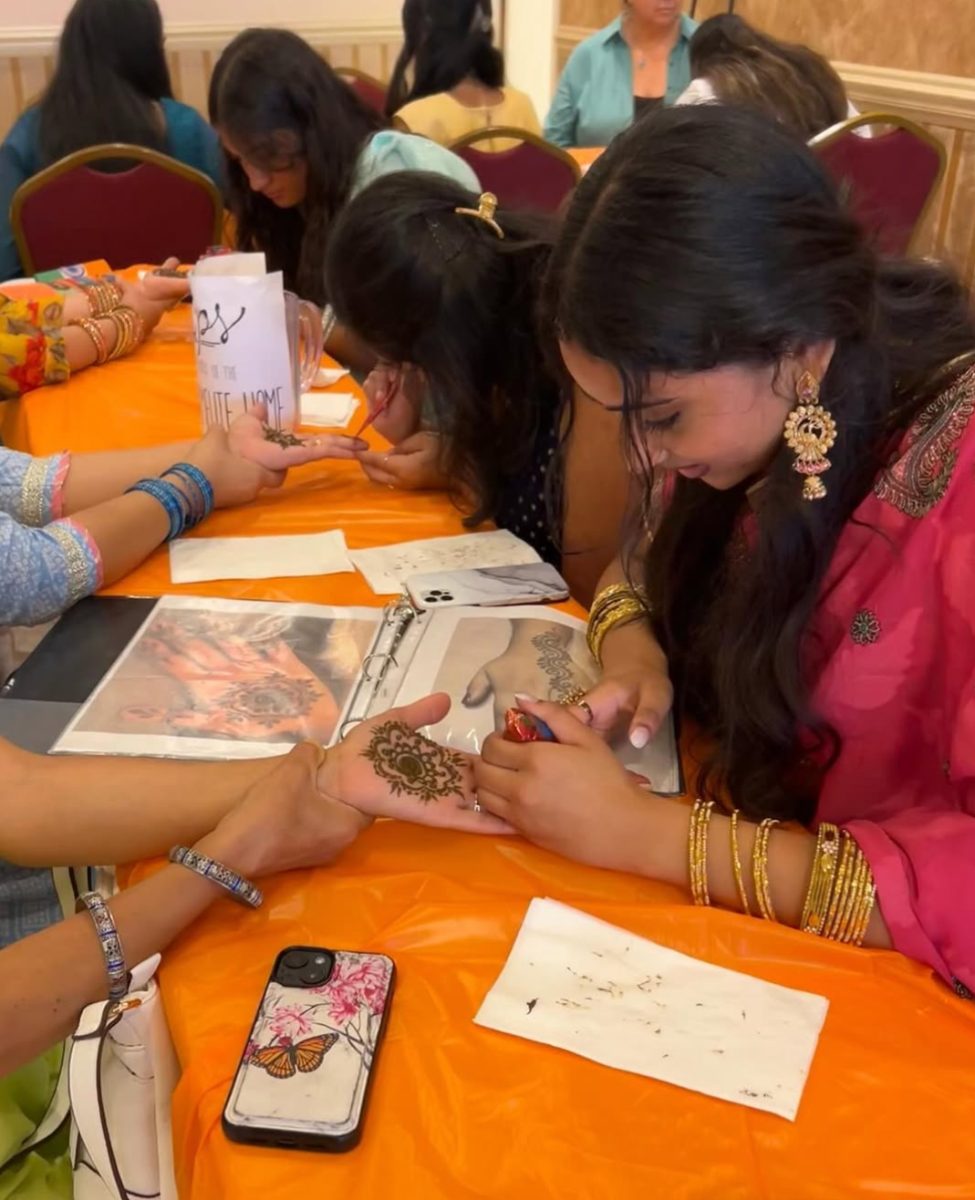
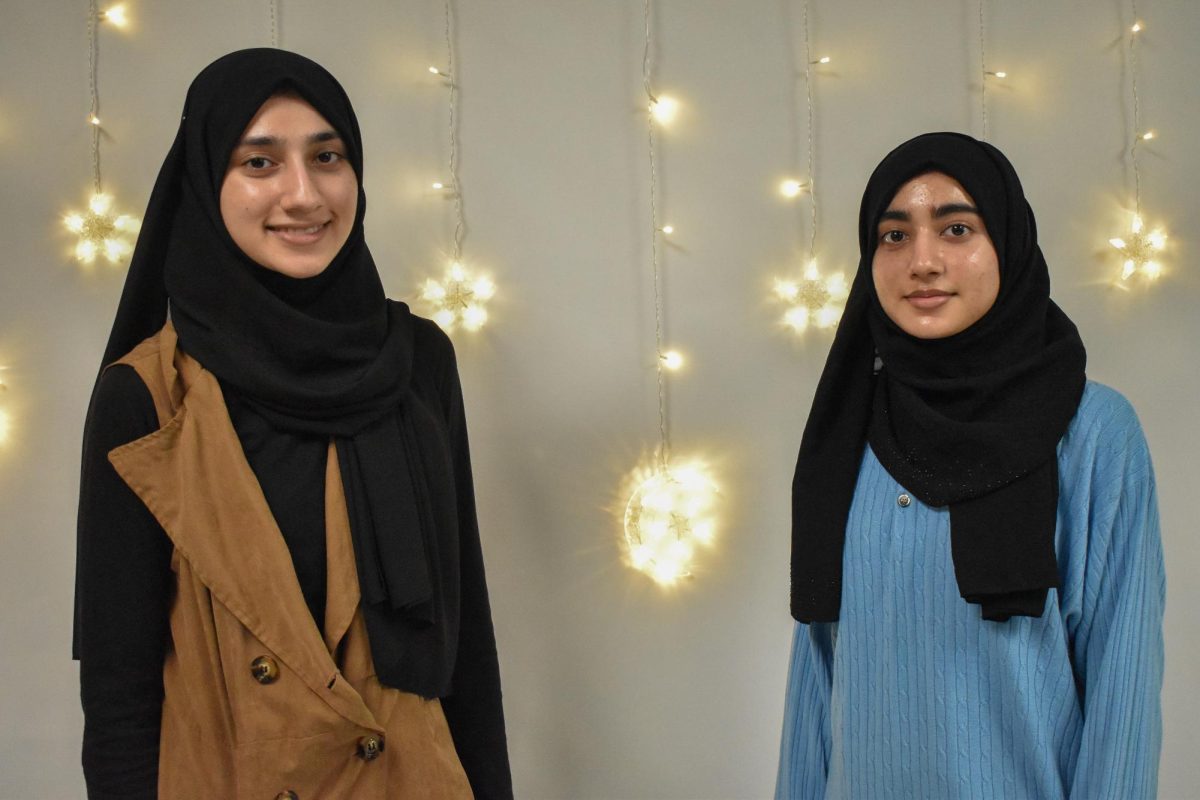
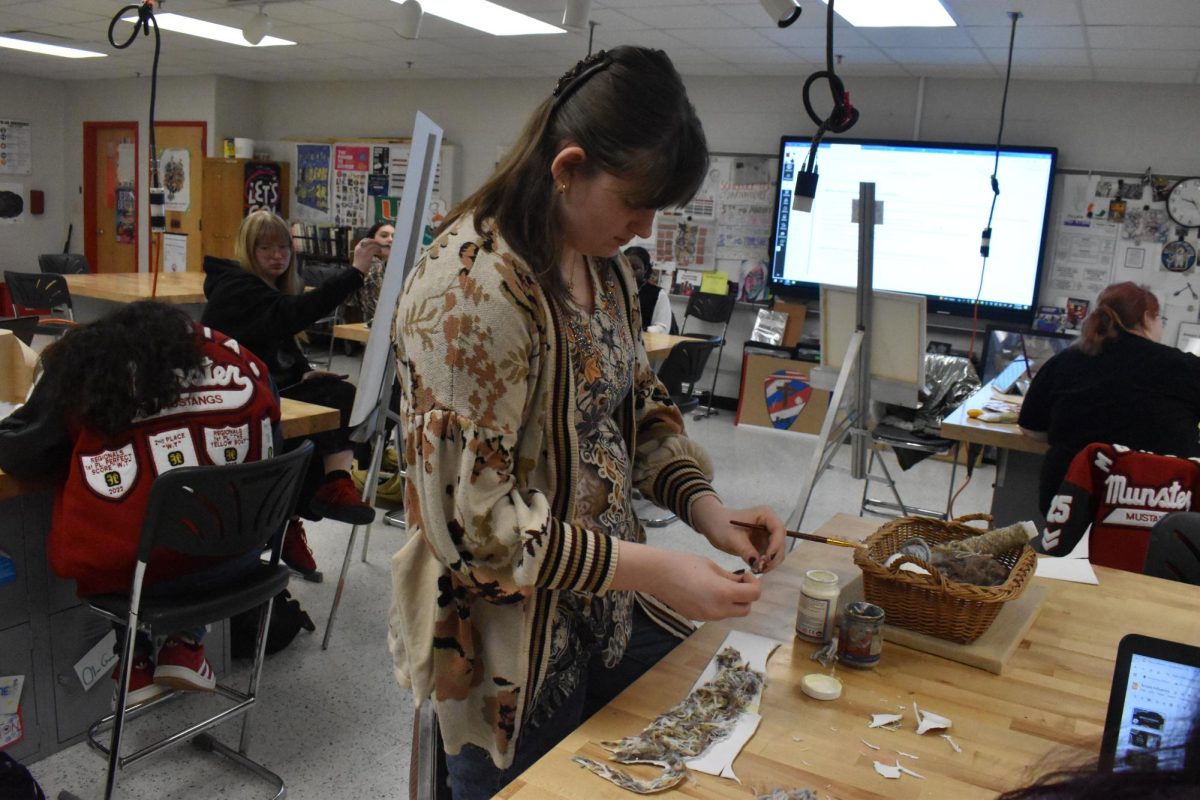
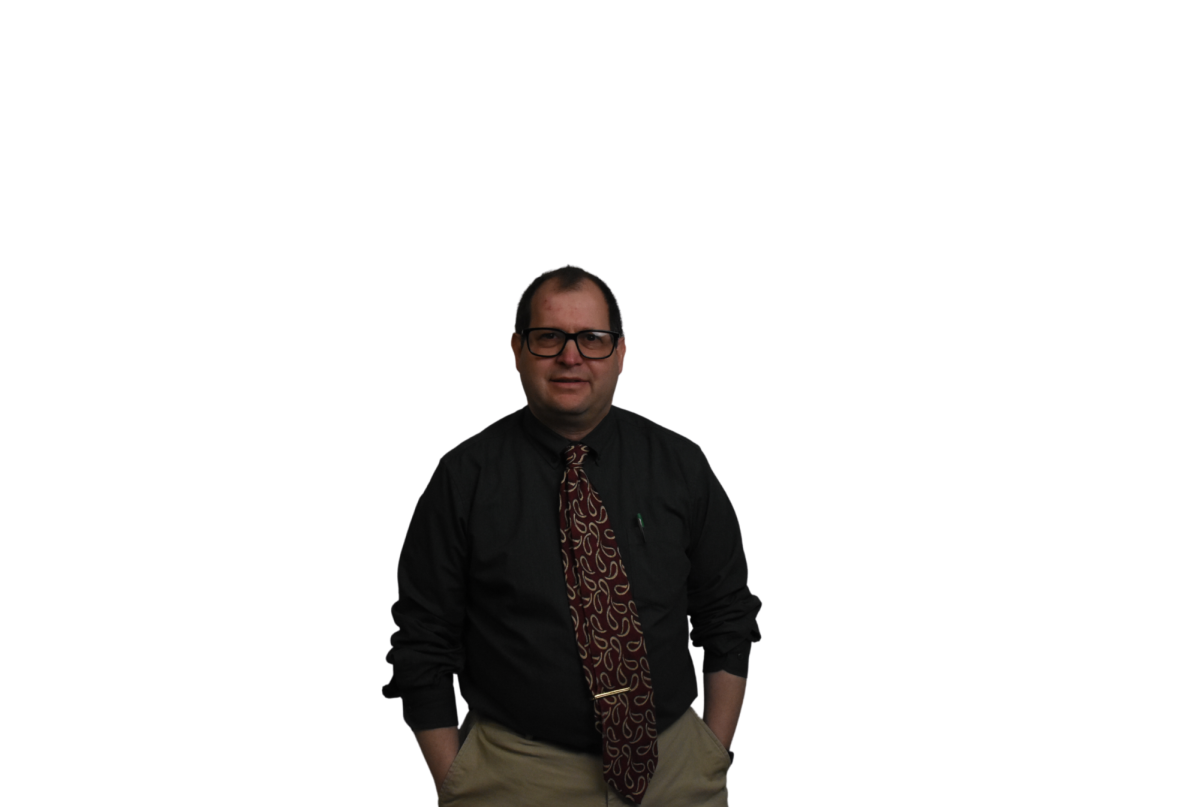
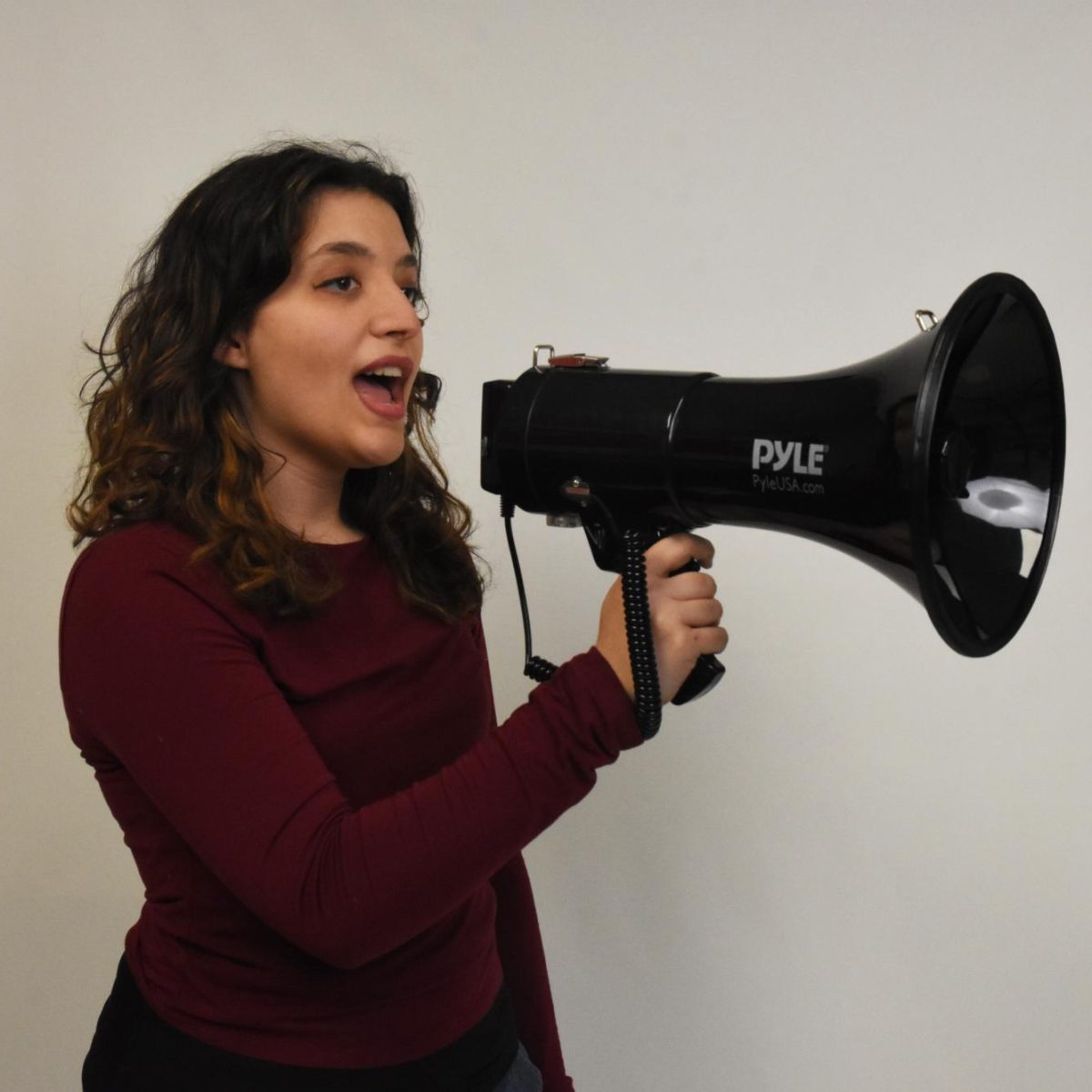
![SNAP HAPPY Recording on a GoPro for social media, senior Sam Mellon has recently started a weekly sports podcast. “[Senior] Brendan Feeney and I have been talking about doing a sports podcast forever. We love talking about sports and we just grabbed [senior] Will Hanas and went along with it,” Mellon said.](https://mhsnews.net/wp-content/uploads/2025/04/sam-892x1200.png)

